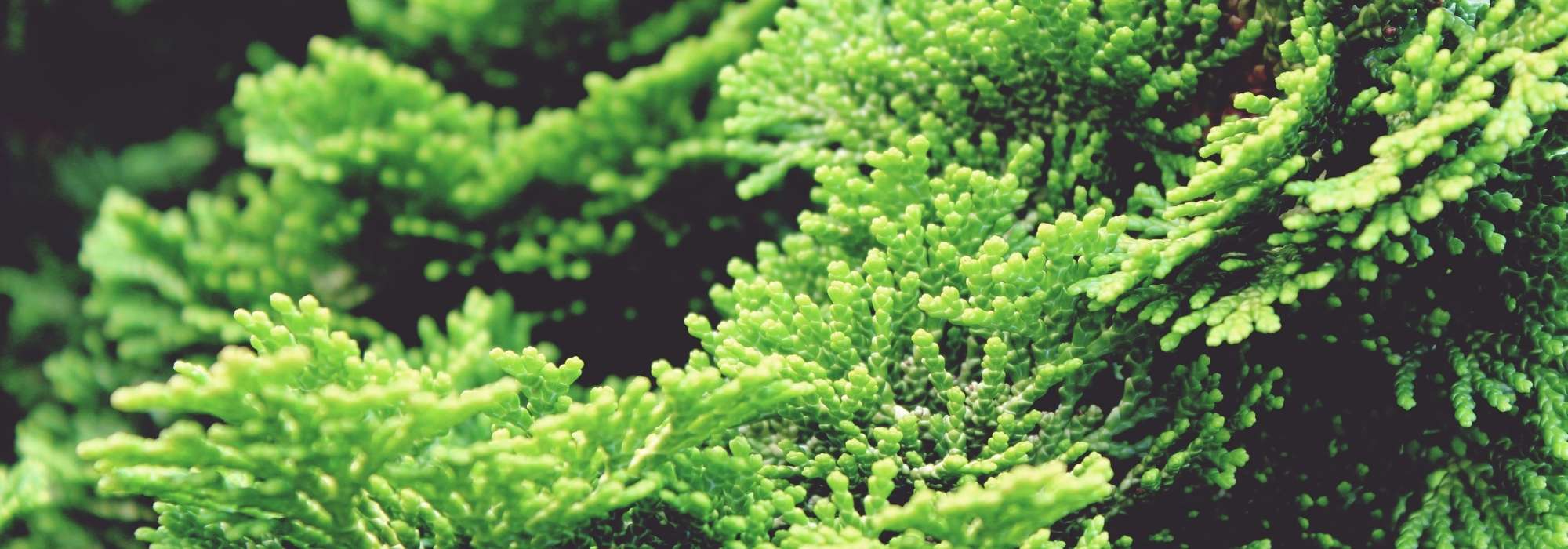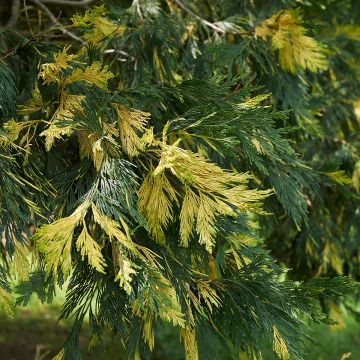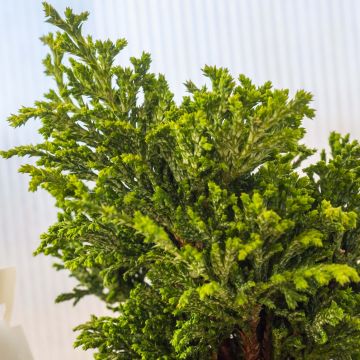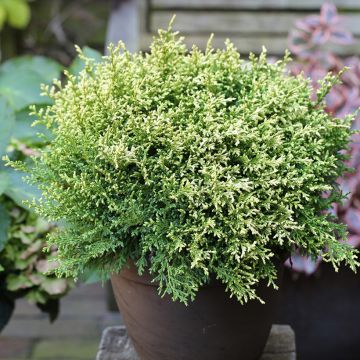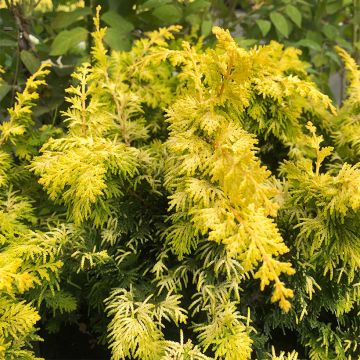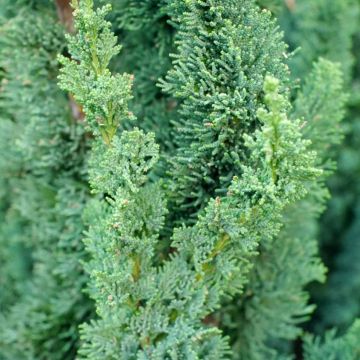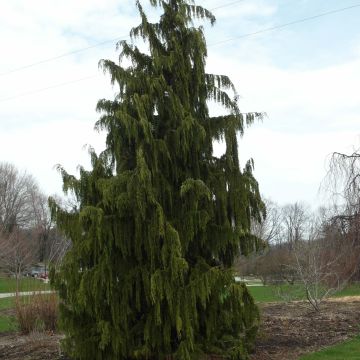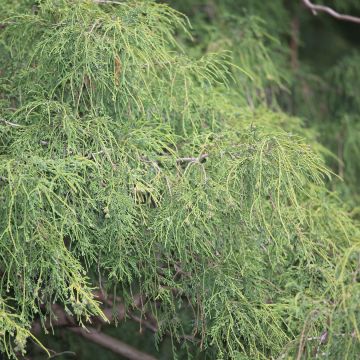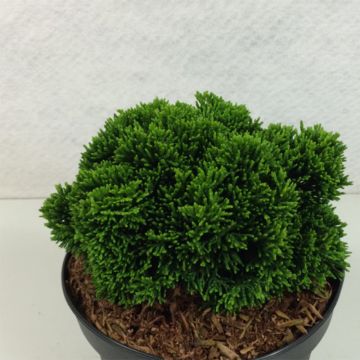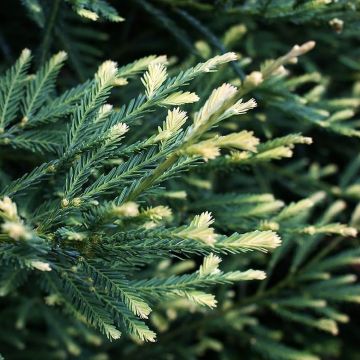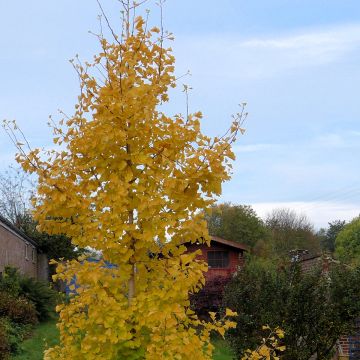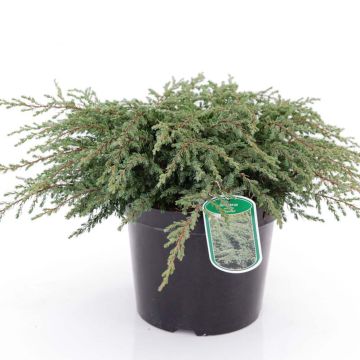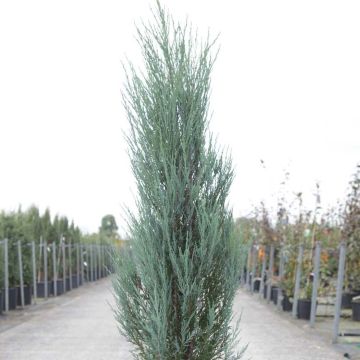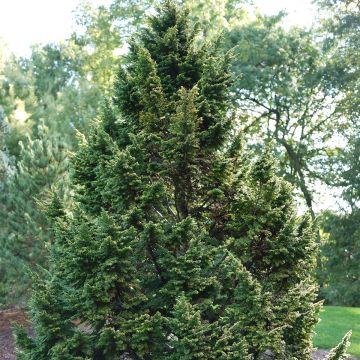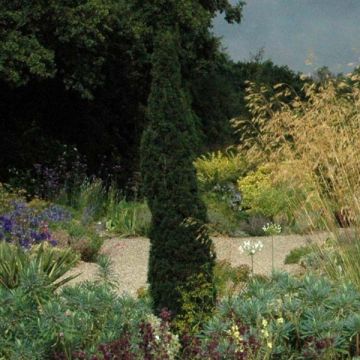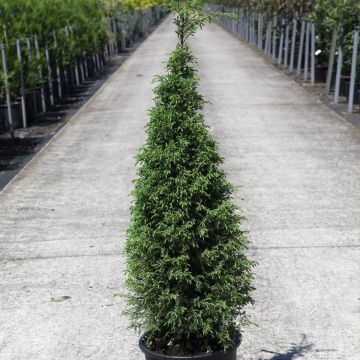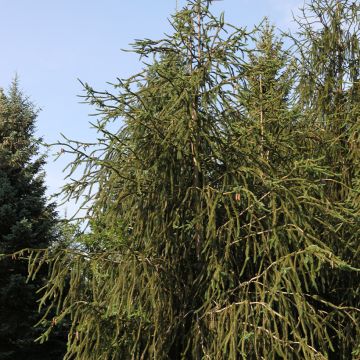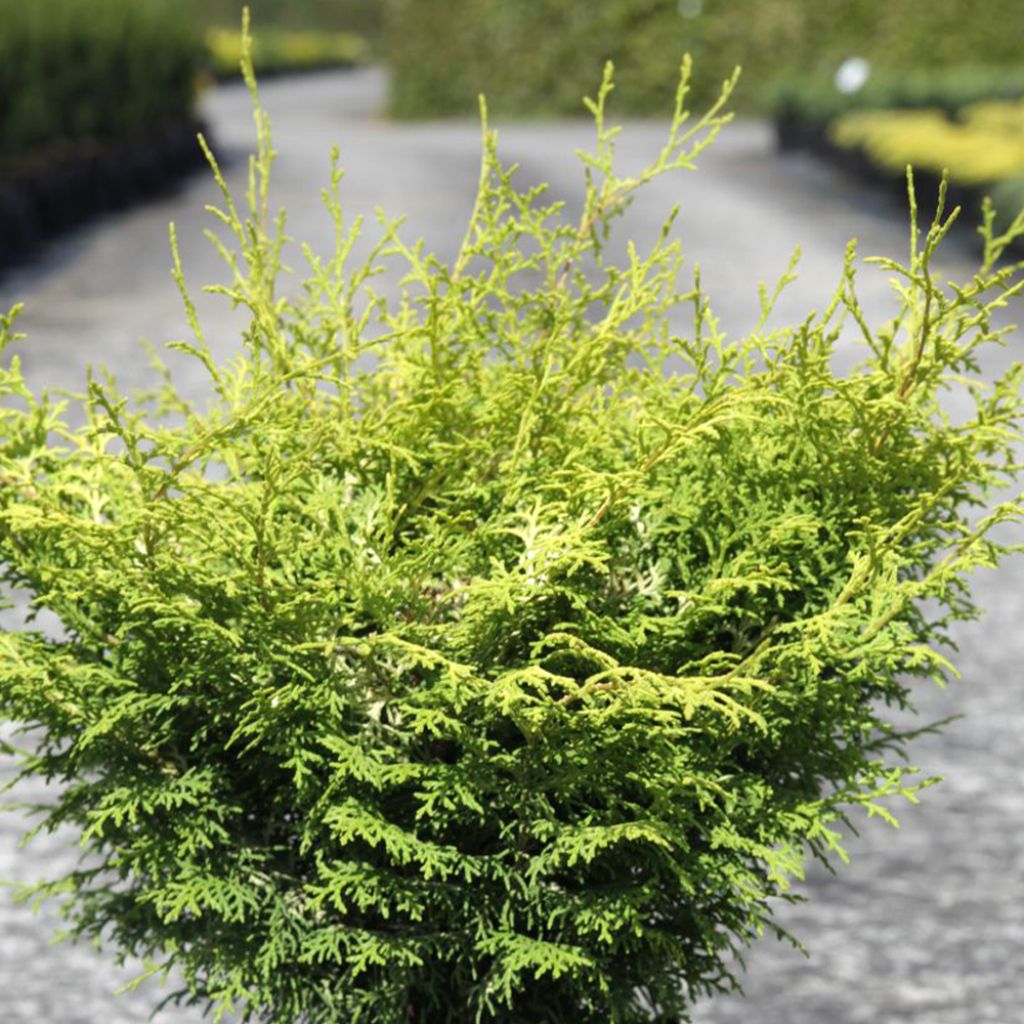

Chamaecyparis obtusa Lucas - Hinoki Cypress
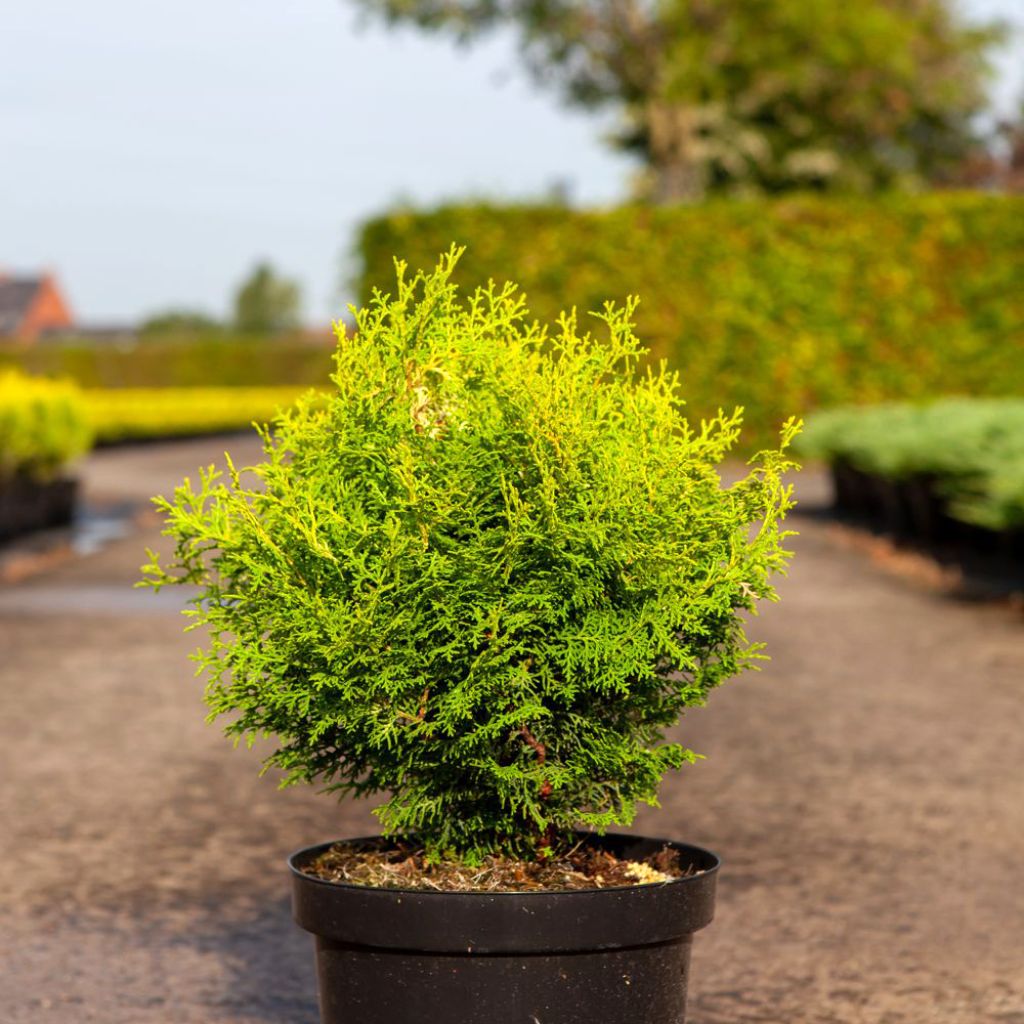

Chamaecyparis obtusa Lucas - Hinoki Cypress
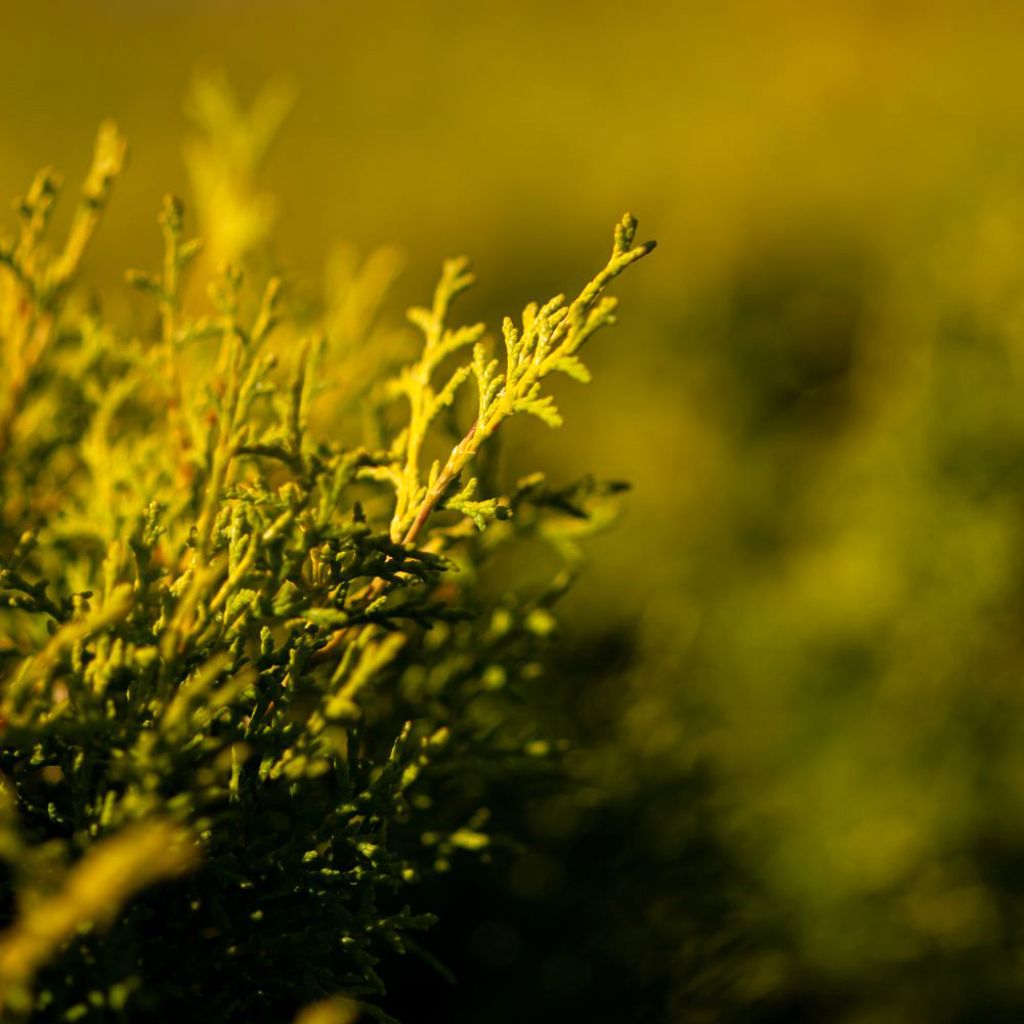

Chamaecyparis obtusa Lucas - Hinoki Cypress
Chamaecyparis obtusa Lucas - Hinoki Cypress
Chamaecyparis obtusa Lucas
Hinoki Cypress, Japanese Cypress, Hinoki False Cypress
Special offer!
Receive a €20 voucher for any order over €90 (excluding delivery costs, credit notes, and plastic-free options)!
1- Add your favorite plants to your cart.
2- Once you have reached €90, confirm your order (you can even choose the delivery date!).
3- As soon as your order is shipped, you will receive an email containing your voucher code, valid for 3 months (90 days).
Your voucher is unique and can only be used once, for any order with a minimum value of €20, excluding delivery costs.
Can be combined with other current offers, non-divisible and non-refundable.
Home or relay delivery (depending on size and destination)
Schedule delivery date,
and select date in basket
This plant carries a 24 months recovery warranty
More information
We guarantee the quality of our plants for a full growing cycle, and will replace at our expense any plant that fails to recover under normal climatic and planting conditions.
Would this plant suit my garden?
Set up your Plantfit profile →
Description
Chamaecyparis obtusa 'Lucas' is a dwarf conifer from the Cupressaceae family. This variety of Hinoki cypress from Japan is remarkable for its delicate foliage, reminiscent of certain ferns. Depending on the amount of sunlight, it takes on a beautiful yellow to yellow-green colour, which adds to its ornamental interest. Slow-growing, it generally reaches a height of about 1.5m (5ft) with an equivalent width. It adapts to slightly acidic to neutral soils, which are cool and well-drained. A sun or semi-shade plant, tolerant of maritime winds, it is also extremely cold-resistant (-25°C (-13°F)).
Its evergreen foliage is finely arranged like the fronds of certain ferns, and is yellow-green to golden yellow. The young shoots are white at the base before turning yellow. Slow-growing, it forms a more or less regular ball of about 1m (3ft) in all directions after about ten years. Its final size reaches a maximum of 1.5m (5ft), making it ideal for rockeries or container cultivation. Its delicate architecture may even inspire shaping it into a pseudo-bonsai to integrate it into a Japanese garden. Like most of its counterparts, it requires neutral to slightly acidic soil, which retains moisture in summer while being well-draining. It will thrive in different exposures, sun or semi-shade, as long as it avoids too much direct sunlight that could damage its foliage; so be careful about this point in sunny climates!
Its refined aesthetics and small dimensions make it particularly suitable for rockeries, provided that the soil is not dry. It will also be at home in a contemporary garden, planted alongside other colourful or erect plants. For example, plant Juniperus scopulorum 'Skyrocket' behind it to contrast with its height, columnar habit, and bluish foliage. Purple shrubs will also elegantly blend with this variety, making sure to choose low-growing varieties, such as Loropetalum chinense 'Ever Red' (in not too cold climates), or a beautiful Japanese maple (in semi-shady conditions).
Hinoki is the Japanese name for Chamaecyparis obtusa and means "fire tree" because it was once used to generate fire by rubbing its wood. Japanese cypress wood has been used for the construction of numerous buildings such as temples. An essential oil with soothing effects is also extracted from it.
Chamaecyparis obtusa Lucas - Hinoki Cypress in pictures
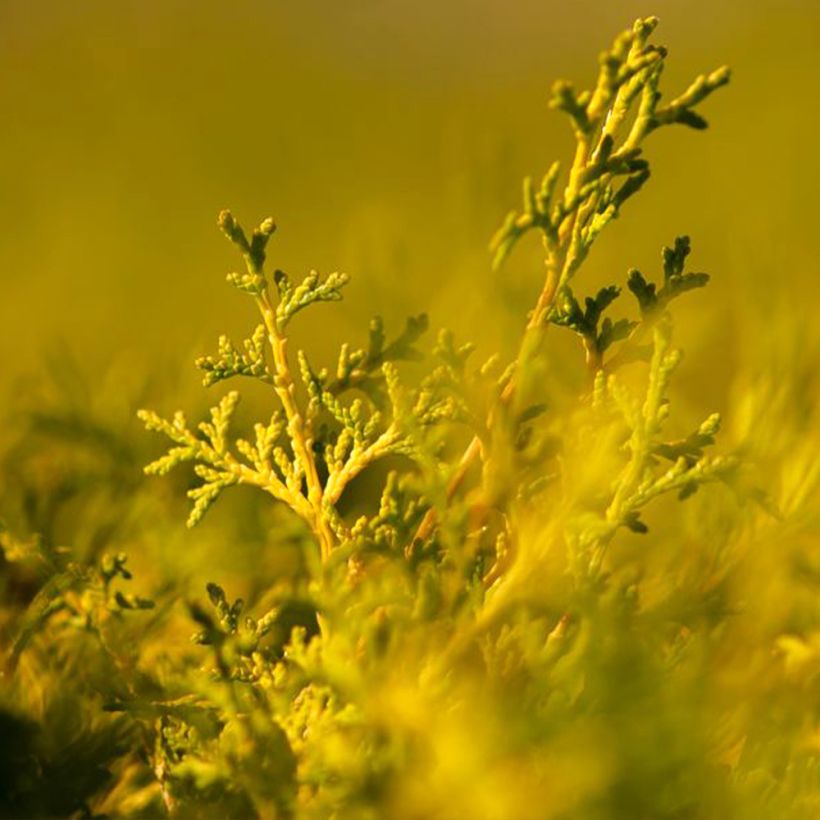

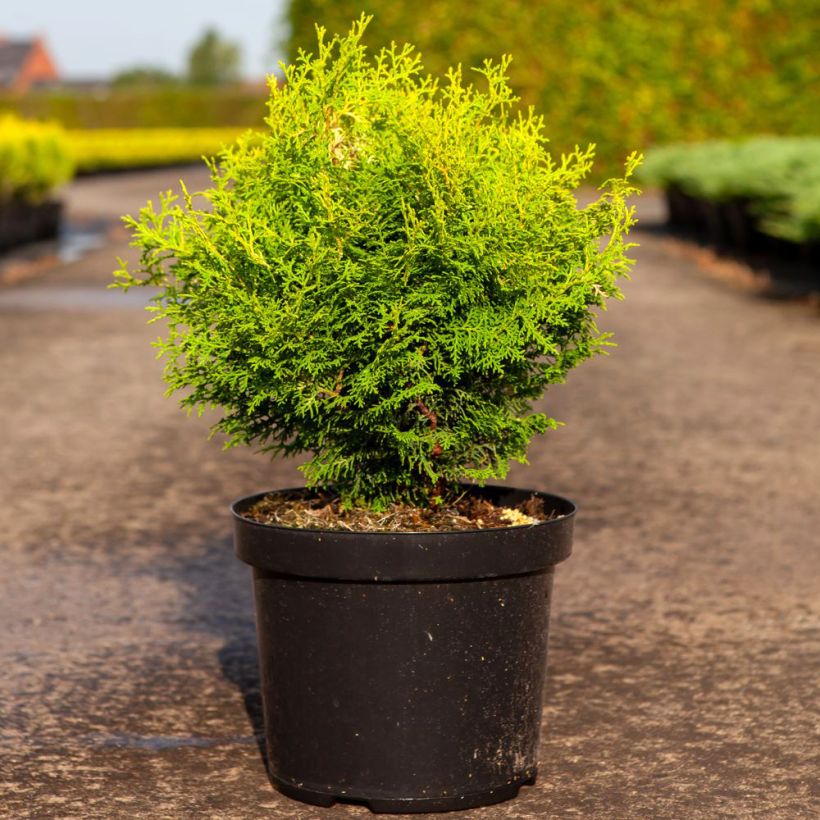

Plant habit
Foliage
Botanical data
Chamaecyparis
obtusa
Lucas
Cupressaceae
Hinoki Cypress, Japanese Cypress, Hinoki False Cypress
Cultivar or hybrid
Other Chamaecyparis
View all →Planting and care
Plant in neutral to acidic soil, keeping it somewhat moist in summer but well-drained in winter. If your soil is sandy, enrich it with compost by mixing it with the planting soil to improve water retention. Water regularly in summer. However, in slightly heavy soil, it is advisable to incorporate gravel at the bottom of the hole to improve drainage and prevent water stagnation in winter. Plant in autumn. It is, however, possible to plant in spring, provided that watering is monitored in the following months. In any case, it is important to prevent the soil from drying out; therefore, water during hot periods without rain. If Chamaecyparis obtusa 'Lucas' is planted in a container on a terrace, it will need to be watered regularly throughout the growing season.
This bush is not susceptible to diseases. Armillaria and Phytophthora can occasionally harm it, but if it is cultivated under good conditions, there is very little risk. In hot regions, it is better to plant it in partial shade to protect its foliage from intense rays. Elsewhere, it can be placed in a sunny location. In snowy areas, do not allow snow to accumulate on its foliage to avoid damaging the shoots.
Planting period
Intended location
Care
Planting & care advice
This item has not been reviewed yet - be the first to leave a review about it.
Similar products
Haven't found what you were looking for?
Hardiness is the lowest winter temperature a plant can endure without suffering serious damage or even dying. However, hardiness is affected by location (a sheltered area, such as a patio), protection (winter cover) and soil type (hardiness is improved by well-drained soil).

Photo Sharing Terms & Conditions
In order to encourage gardeners to interact and share their experiences, Promesse de fleurs offers various media enabling content to be uploaded onto its Site - in particular via the ‘Photo sharing’ module.
The User agrees to refrain from:
- Posting any content that is illegal, prejudicial, insulting, racist, inciteful to hatred, revisionist, contrary to public decency, that infringes on privacy or on the privacy rights of third parties, in particular the publicity rights of persons and goods, intellectual property rights, or the right to privacy.
- Submitting content on behalf of a third party;
- Impersonate the identity of a third party and/or publish any personal information about a third party;
In general, the User undertakes to refrain from any unethical behaviour.
All Content (in particular text, comments, files, images, photos, videos, creative works, etc.), which may be subject to property or intellectual property rights, image or other private rights, shall remain the property of the User, subject to the limited rights granted by the terms of the licence granted by Promesse de fleurs as stated below. Users are at liberty to publish or not to publish such Content on the Site, notably via the ‘Photo Sharing’ facility, and accept that this Content shall be made public and freely accessible, notably on the Internet.
Users further acknowledge, undertake to have ,and guarantee that they hold all necessary rights and permissions to publish such material on the Site, in particular with regard to the legislation in force pertaining to any privacy, property, intellectual property, image, or contractual rights, or rights of any other nature. By publishing such Content on the Site, Users acknowledge accepting full liability as publishers of the Content within the meaning of the law, and grant Promesse de fleurs, free of charge, an inclusive, worldwide licence for the said Content for the entire duration of its publication, including all reproduction, representation, up/downloading, displaying, performing, transmission, and storage rights.
Users also grant permission for their name to be linked to the Content and accept that this link may not always be made available.
By engaging in posting material, Users consent to their Content becoming automatically accessible on the Internet, in particular on other sites and/or blogs and/or web pages of the Promesse de fleurs site, including in particular social pages and the Promesse de fleurs catalogue.
Users may secure the removal of entrusted content free of charge by issuing a simple request via our contact form.
The flowering period indicated on our website applies to countries and regions located in USDA zone 8 (France, the United Kingdom, Ireland, the Netherlands, etc.)
It will vary according to where you live:
- In zones 9 to 10 (Italy, Spain, Greece, etc.), flowering will occur about 2 to 4 weeks earlier.
- In zones 6 to 7 (Germany, Poland, Slovenia, and lower mountainous regions), flowering will be delayed by 2 to 3 weeks.
- In zone 5 (Central Europe, Scandinavia), blooming will be delayed by 3 to 5 weeks.
In temperate climates, pruning of spring-flowering shrubs (forsythia, spireas, etc.) should be done just after flowering.
Pruning of summer-flowering shrubs (Indian Lilac, Perovskia, etc.) can be done in winter or spring.
In cold regions as well as with frost-sensitive plants, avoid pruning too early when severe frosts may still occur.
The planting period indicated on our website applies to countries and regions located in USDA zone 8 (France, United Kingdom, Ireland, Netherlands).
It will vary according to where you live:
- In Mediterranean zones (Marseille, Madrid, Milan, etc.), autumn and winter are the best planting periods.
- In continental zones (Strasbourg, Munich, Vienna, etc.), delay planting by 2 to 3 weeks in spring and bring it forward by 2 to 4 weeks in autumn.
- In mountainous regions (the Alps, Pyrenees, Carpathians, etc.), it is best to plant in late spring (May-June) or late summer (August-September).
The harvesting period indicated on our website applies to countries and regions in USDA zone 8 (France, England, Ireland, the Netherlands).
In colder areas (Scandinavia, Poland, Austria...) fruit and vegetable harvests are likely to be delayed by 3-4 weeks.
In warmer areas (Italy, Spain, Greece, etc.), harvesting will probably take place earlier, depending on weather conditions.
The sowing periods indicated on our website apply to countries and regions within USDA Zone 8 (France, UK, Ireland, Netherlands).
In colder areas (Scandinavia, Poland, Austria...), delay any outdoor sowing by 3-4 weeks, or sow under glass.
In warmer climes (Italy, Spain, Greece, etc.), bring outdoor sowing forward by a few weeks.






























